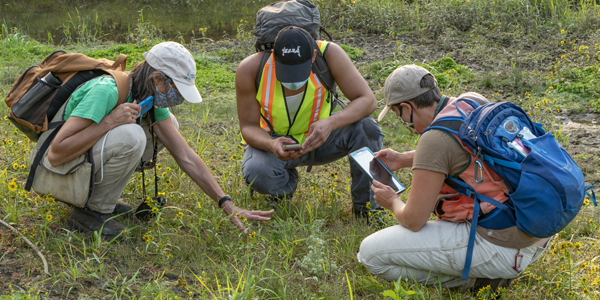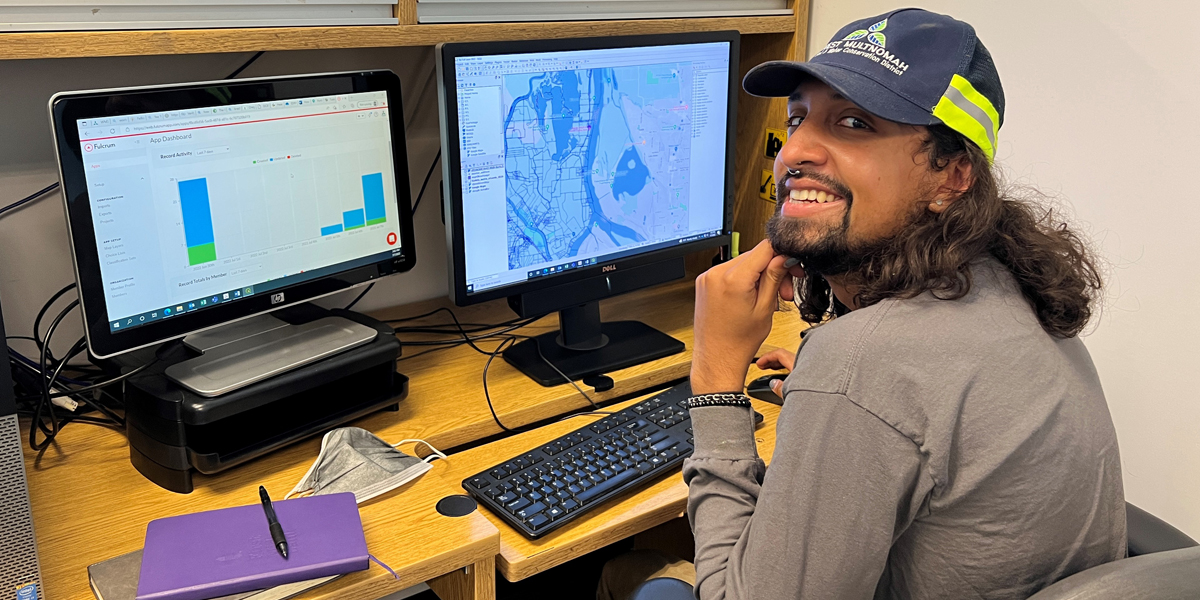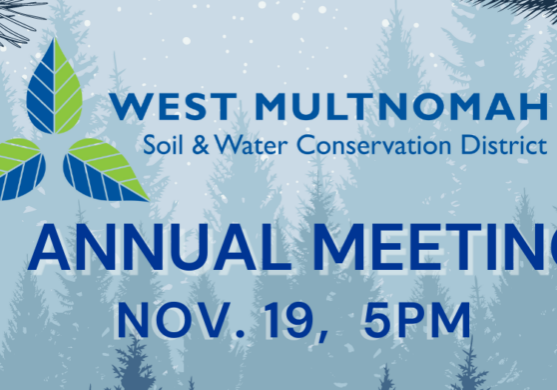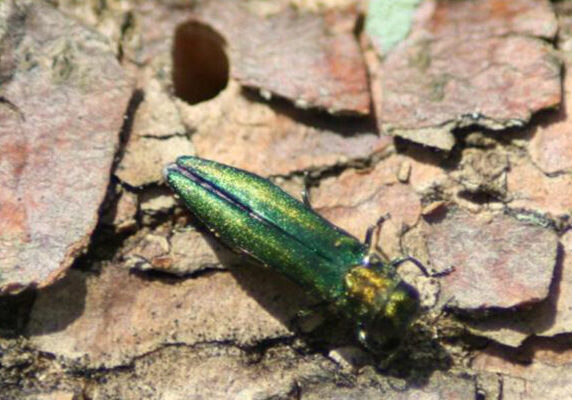By Shahbaz Khan, GIS & Field Conservation Intern
In the past couple of years, you might have come across the term “GIS” and found it puzzling. Being told it stands for “Geographic Information Systems” doesn’t really help since it sounds like something straight out of science fiction. If you’re anything like me when I first came across GIS, you might think it’s something very technical, obscure, and inaccessible.
However, you might not realize that you likely use this technology every day. Whether you’re getting directions and traffic updates on Google Maps, posting about your latest vacation by sharing your location on social media, or more recently, keeping track of the spread of the coronavirus, you are constantly utilizing GIS.
So, what is GIS, exactly? My favorite answer when someone asks me is simply, “maps!”— But that’s only part of the picture. While GIS is a science that is associated with space, place, or location, more specifically, according to Bradley A. Shellito in Discovering GIS and ArcGIS, it is “the use of various technological systems and tools that acquire, analyze, manage, store, and visualize location-based data.” The software takes information from the old paper maps that we’re used to and attaches data/variables that can be analyzed and correlated with any geography. For example, like the local TV news meteorologists and their maps that display projected temperatures or weather patterns.
GIS has become a means of modern-day exploration that is constantly evolving as we confront new frontiers. With other geospatial technology like drones and remote sensing, or Global Navigation Satellite Systems, we have the potential to orient ourselves all over the planet. It provides us the capacity to access and interpret locations that are otherwise unavailable to us, such as subterranean features (check out Ground Penetrating Radar, Ecological Metadata Language, or Underground Seismic Mapping) or something more interplanetary (Mars Rover, anyone?).

While space exploration is definitely on the docket at West Multnomah Soil & Water Conservation District (just kidding), we also have more grounded applications for GIS. To better address threats to soil health, we take full consideration of soil types and their distribution in the district to better assist farmers and landowners with preserving our natural resources. Another common use here is surveying and monitoring of invasive species. We regularly take point data – meaning we collect the locations – of problematic plants that are spreading across the lower Willamette Valley, then use this information to locate, control, and remove them year-after-year. Now you know that when you see us hunched over our phones and walking around in your neighborhoods, we’re working to conserve the local ecosystems we love!
As a whole, GIS has use in virtually every industry and is fully imbedded in our society. When you think of how useful these systems are in providing context to the world and its people in relation to politics, business, public health, or recreation, you’ll start to see the all-encompassing service it provides us in our everyday lives. Within the environmental field it has become a staple in conservation and restoration efforts to better understand climate change, land use analysis, water quality, wildlife health and much more.
Here at WMSWCD, the mission is to provide resources, information, and expertise to inspire people to actively improve air and water quality, fish and wildlife habitat, and soil health. If you’re interested in getting involved with GIS technology at home, try searching online for the Oregon Explorer natural resources digital library to discover, create and share local and informative maps with your friends and family. iNaturalist is also a very popular online social networking phone application that helps you take your own point data on local species and explore other users’ discoveries to help identify the life around you. Give a shot at using GIS, then join us on your next adventure to conserve and connect with the land we all call home!



